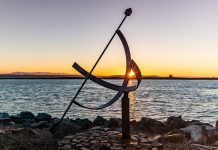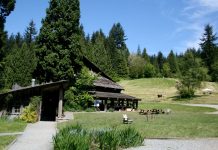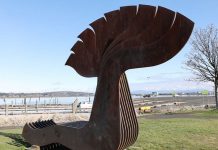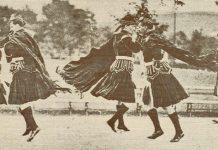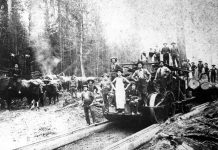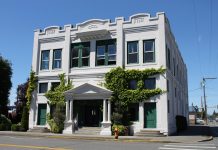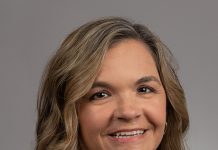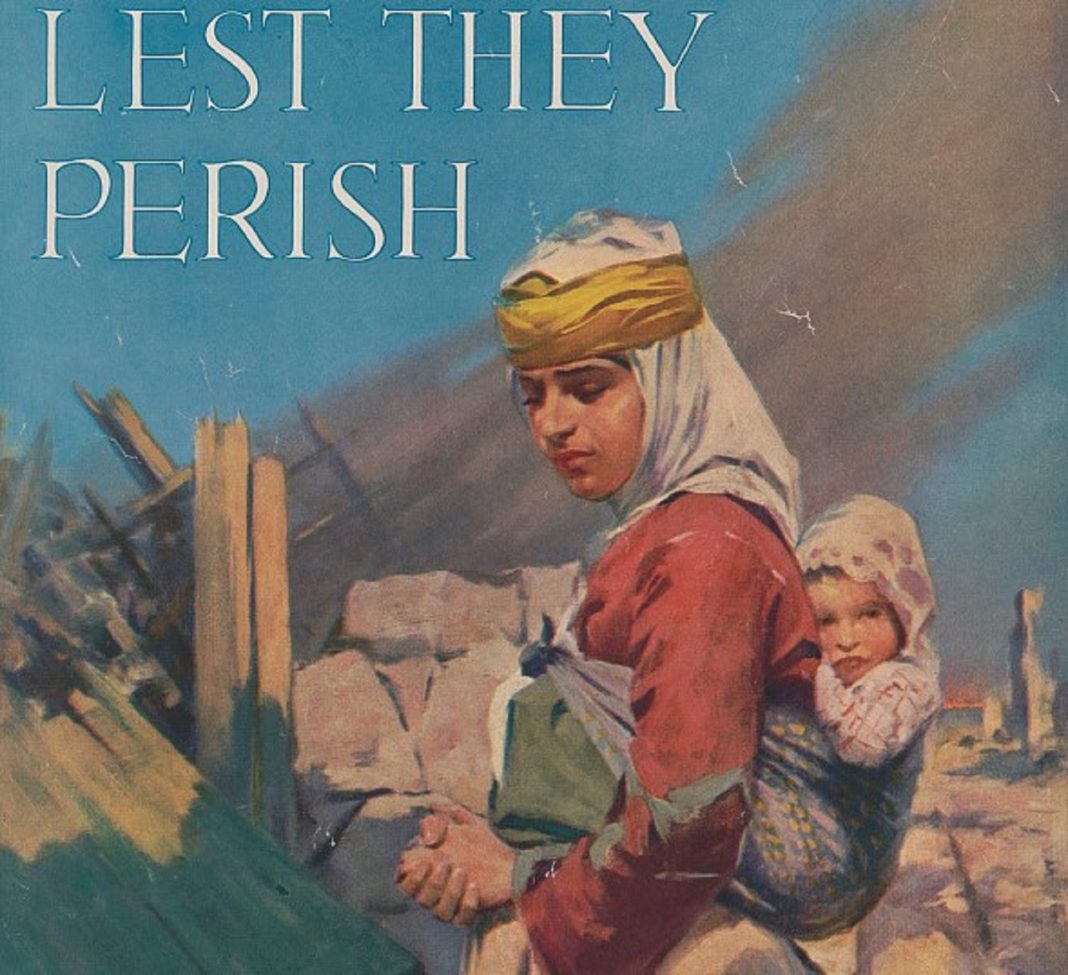The Armenian Genocide, 1915-1916, was one of the worst humanitarian crises of the 20th century. International efforts to help survivors were extensive. Led by the Near East Relief, now the Near East Foundation, people worldwide and here in Snohomish County rallied to provide aid.
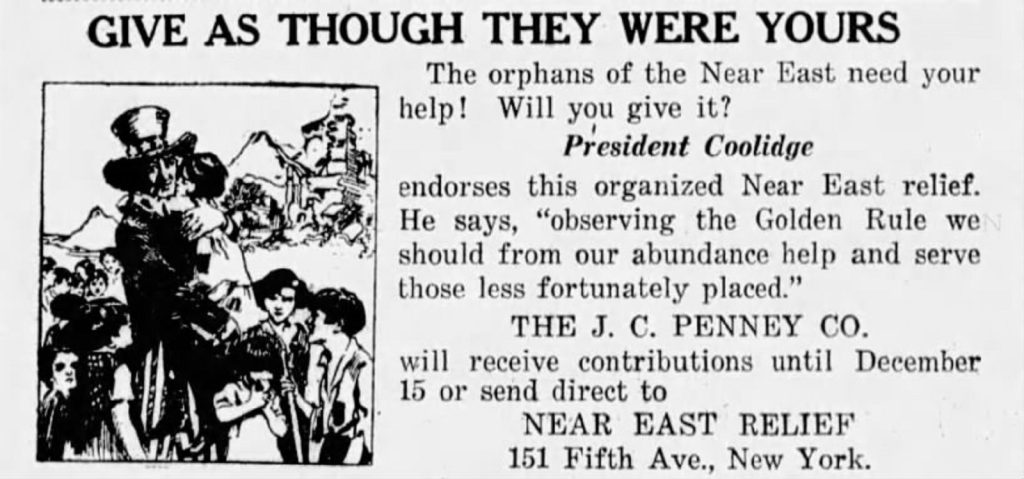
Medz Yeghern, the Armenian Genocide
The Ottoman Empire sided with Germany during World War I. Seeing the Christian Armenians, an ethnic group in Western Asia, as the enemy, they were targeted for destruction. In total, over a million Armenians were killed or died of starvation and disease. Greeks and Assyrians were also victims of genocide.
The American Committee for Syrian and Armenian Relief was founded in 1915. While World War I officially ended in 1918, conflict in the Near East and the need for humanitarian aid continued. The organization, renamed Near East Relief in 1919, continued its work in the region.
Fundraising For Near East Relief in Snohomish County
In late 1918, a Snohomish County Near East Relief Committee was formed to organize fundraising efforts in the county. They kicked things off with a drive in January 1919. These fundraising efforts continued throughout the next decade. Speakers spoke at local churches, clubs and lumber mills, and volunteers canvassed the business and residential districts for donations. Churches instituted “Golden Rule” Sundays to raise money.
Groups rallied to show their support. The inter-church Ministerial Association sponsored planning meetings. Labor leaders also voiced their support. William F. Short, president of the Washington State Federation of Labor, urged readers of the Everett Labor Journal to help. “The heart of labor,” he wrote on March 14, 1919, “has always responded to the appeals of the lowly and oppressed.”
It cost $60 to support a child at one of Near East Relief’s orphanages for a year. In 1922, the county’s goal was to support 116 children. Groups liked to sponsor orphans. That year, for example, the Everett Knights of Pythias sponsored one and a half orphans.
Schools and clubs throughout the county also pitched in, inviting speakers and donating. The Monday Study Club put together a benefit program at the Ideal Theater in Stanwood in 1924, raising $40 from a big crowd. In January 1925, Mount Vernon students voted to give half the proceeds from a recent basketball game to relief efforts.
The burning of Smyrna in September 1922 brought new impetus for fundraising efforts. Thousands were killed, and between 80,000 and 400,000, including thousands of orphans under the care of Near East Relief, fled after the Turkish army retook the city from Greek forces. Everett Greeks, a small group, rallied to support the refugees, many of whom were Greek. They raised $200 at their first meeting.
At least one Snohomish County man worked for Near East Relief. From Pinehurst, Albert Christiansen signed up to help with the group after serving in the Navy. He organized supply transportation, meeting Jessie White in Trebizond, now Trabzon, a major port on the Black Sea. The couple married in Jerusalem before returning to Snohomish County in 1922.
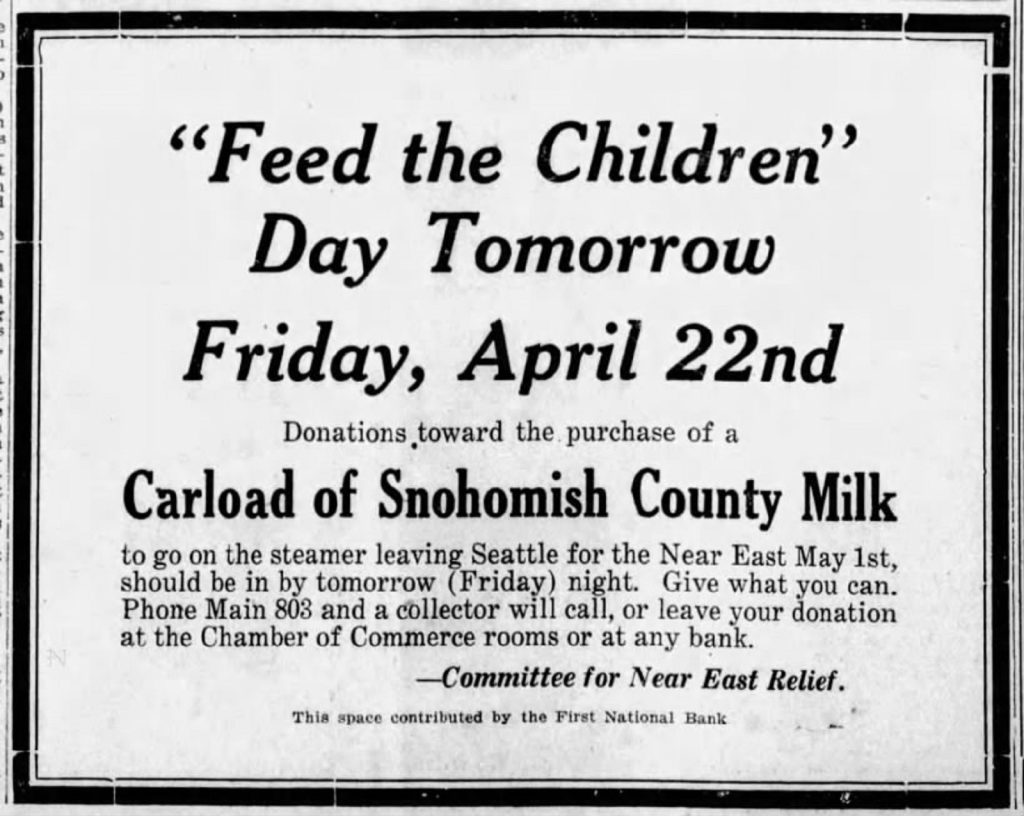
Snohomish County Donates Milk and Clothes
In April 1921, Snohomish County held one of its largest drives, sending a train car load of locally canned milk to the Near East. Schools, business groups and clubs donated generously. Everett Boy Scout Troop no. 1 donated $4.80 for one case of 48 cans of milk, as did the Lowell Lodge of the Pythian Sisters. A steamer carrying the supplies left on May 1 for the Near East.
People also donated clothes, holding annual “Bundle Days” in the early 1920s. People were urged to empty their closets and attics of old clothing and bring them to “bundle stations” at schools and churches throughout Everett. Donations from outside the city could be sent in by parcel post. The clothes were then packed and shipped to the Near East.
Near East Relief Speakers
Many representatives of Near East Relief visited Snohomish County to fundraise. Regionally based speakers like S.F. Hazzard and David Norcross crisscrossed the county, visiting logging mills, churches and theaters, sometimes showing film reels of the organization’s work.
Most speakers had been missionaries or relief workers in the Near East. Among them was Christopher Thurber. A public health expert, he walked with a cane after the Turkish military flogged him for trying to protect an Armenian woman who was being beaten. He spoke to the Everett Kiwanis Club in 1924. Thurber later returned to Greece to help orphans with tuberculosis.
Some of these speakers were from the Near East themselves. Very few people from that region lived in Snohomish County at the time. Rev. Joshua Khamis, a Syrian immigrant, for example, gave a sermon at the Baptist church in Snohomish in 1923. Armenian immigrant, medical illustrator, author, and wife of a prominent Seattle doctor, Armenouhie Tashjian Lamson, came to speak about her people at a benefit bazaar and tea held at the home of Mrs. James Eddy in November 1924. Armenian embroidery and other items made by refugees were for sale. She also spoke to the Woman’s Book Club in December 1925 about “A Nation Handicapped in its Progress.”
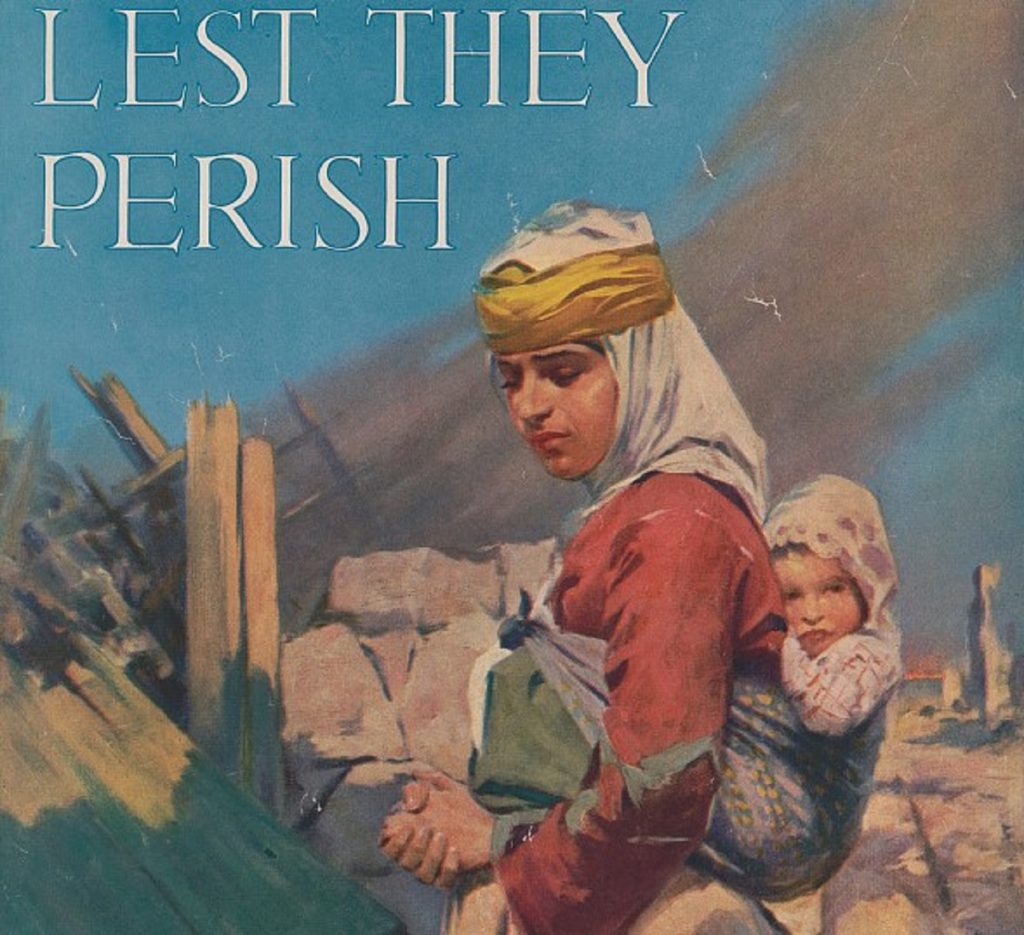
Near East Foundation Legacy
While Snohomish County’s donations to the Near East tapered off during the Great Depression, the Near East Foundation, as it was renamed in 1930, continues its excellent work in the region today, including Armenia.


